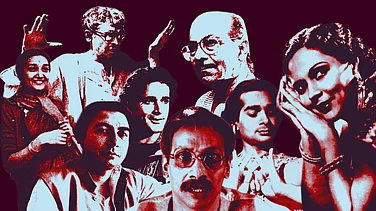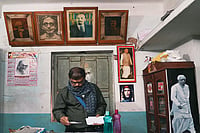
100 Years of RSS prompt reflection on its journey and influence.
These documentaries explore Hindu nationalism, BJP politics, communalism, and state power through personal stories and historical context.
This curated selection offers nuanced, thought-provoking perspectives on social and political tensions.
As caste and religious violence seeps deeper into institutions and press freedom hangs by a thread, documentary and independent cinema remains one of the few spaces where scrutiny still survives. It challenges authority in ways mainstream news rarely does. These films interrogate communal hatred, saffron nationalism, toxic masculinity, indoctrination, and propaganda, exposing how selective storytelling reshapes collective memory.
As the RSS marks a hundred years, its influence stretches across India’s past and present—begging the question, are we truly free? Each of these documentaries confronts complacency, questions power, and reminds us that secularism and fearless journalism are not privileges but rights—hard-won, indispensable, and essential to India’s democratic fabric.
1. Ram Ke Naam (1992)
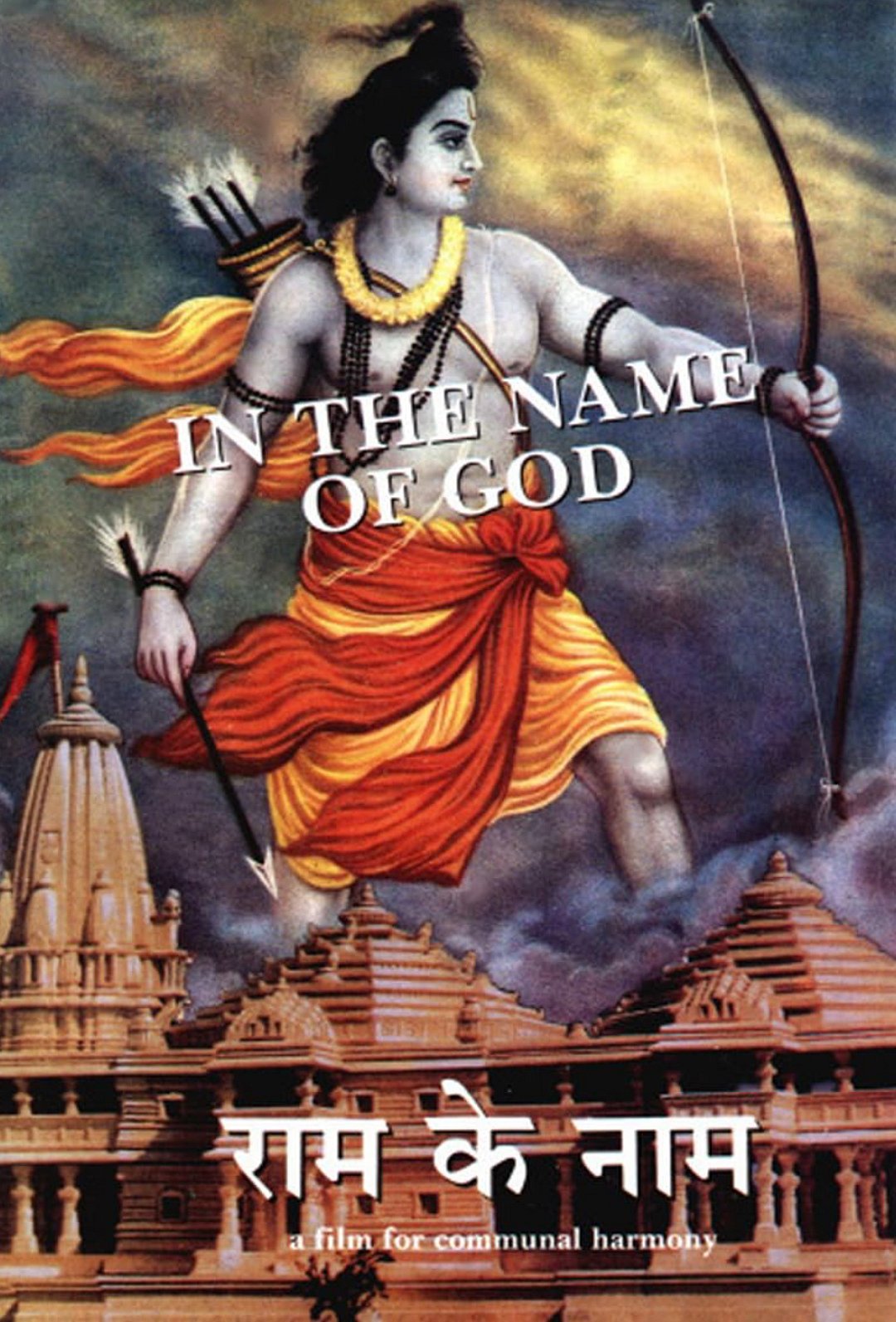
Anand Patwardhan’s Ram Ke Naam documents the Vishwa Hindu Parishad’s campaign to construct a Ram temple in Ayodhya that led to the demolition of the Babri Masjid and the resulting communal tensions. The film uses rallies, speeches, and interviews to show how religion was mobilised for political gain. It examines the manipulation of Hindu identity and the rise of majoritarianism, capturing perspectives of both believers and dissenters. Patwardhan’s observational style presents the social and political impact of religious nationalism with clarity and restraint, making it a foundational work in Indian political documentary cinema.
2. Final Solution (2004)

Rakesh Sharma’s Final Solution investigates the 2002 Gujarat riots, combining survivor testimonies, perpetrator accounts, and citizen perspectives to expose systemic complicity and media distortion. The film traces how propaganda and silence fuelled communal violence, contrasting human suffering with political indifference. Shot in a raw, cinéma vérité style, it remains a powerful account of collective trauma, the fragility of secularism, and the political and social fallout of the riots.
3. India: The Modi Question (2023)
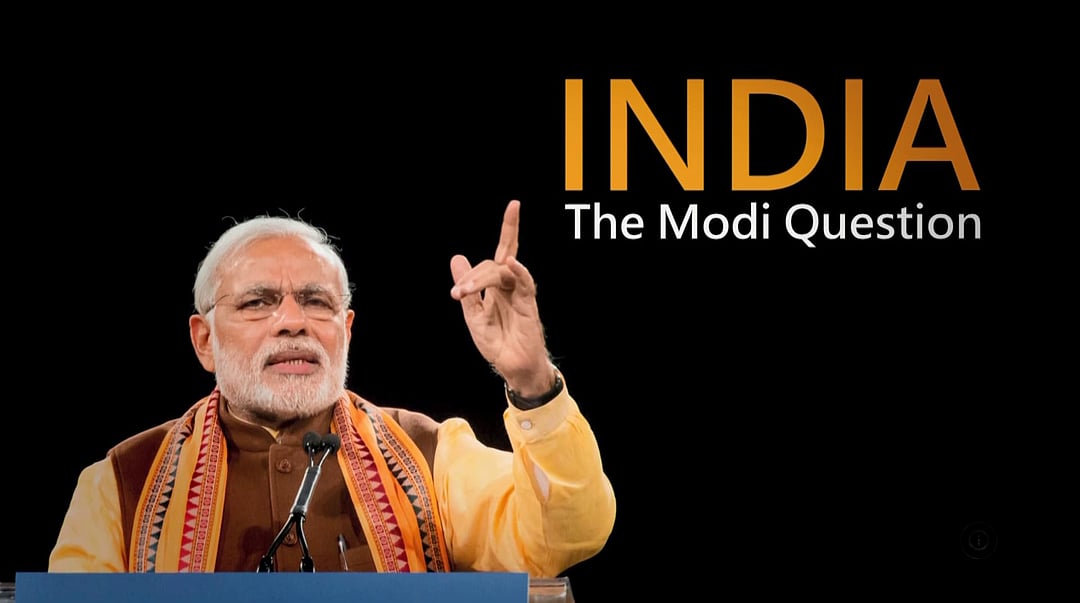
The BBC’s India: The Modi Question examines Narendra Modi’s role during the 2002 Gujarat riots and his subsequent political ascent. Using archival footage, eyewitness accounts, and government records, the two-part documentary traces the institutionalisation of Hindutva politics. Its focus is on accountability, authoritarianism, and the suppression of dissent. Despite restrictions in India, it received international recognition for meticulous research and offers a critical perspective on the intersections of nationalism and governance under Modi.
4. Re-calling Babri (2022)

Maktoob Media’s Re-calling Babri revisits the demolition of the Babri Masjid and its long-term impact on India’s secular framework. The film combines archival material with interviews of journalists, lawyers, and witnesses to explore how political narratives shape memory and history. It interrogates the influence of selective storytelling, silence, and complicity in communal conflicts, offering a reflective and critical examination of the socio-political legacy of Ayodhya.
5. Father, Son, and Holy War (1995)

Anand Patwardhan’s Father, Son, and Holy War investigates the link between masculinity, patriarchy, and religious nationalism in post-Babri India. Through personal testimonies, street footage, and historical context, the documentary explores how male pride and communal ideology fuel violence against women and minorities. Structured in two parts—“Trial by Fire” and “Hero Pharmacy”—it examines the psychological and social mechanisms that connect private anxieties with public extremism, highlighting the interplay of religion and nationalism.
6. The Boy in the Branch (1993)
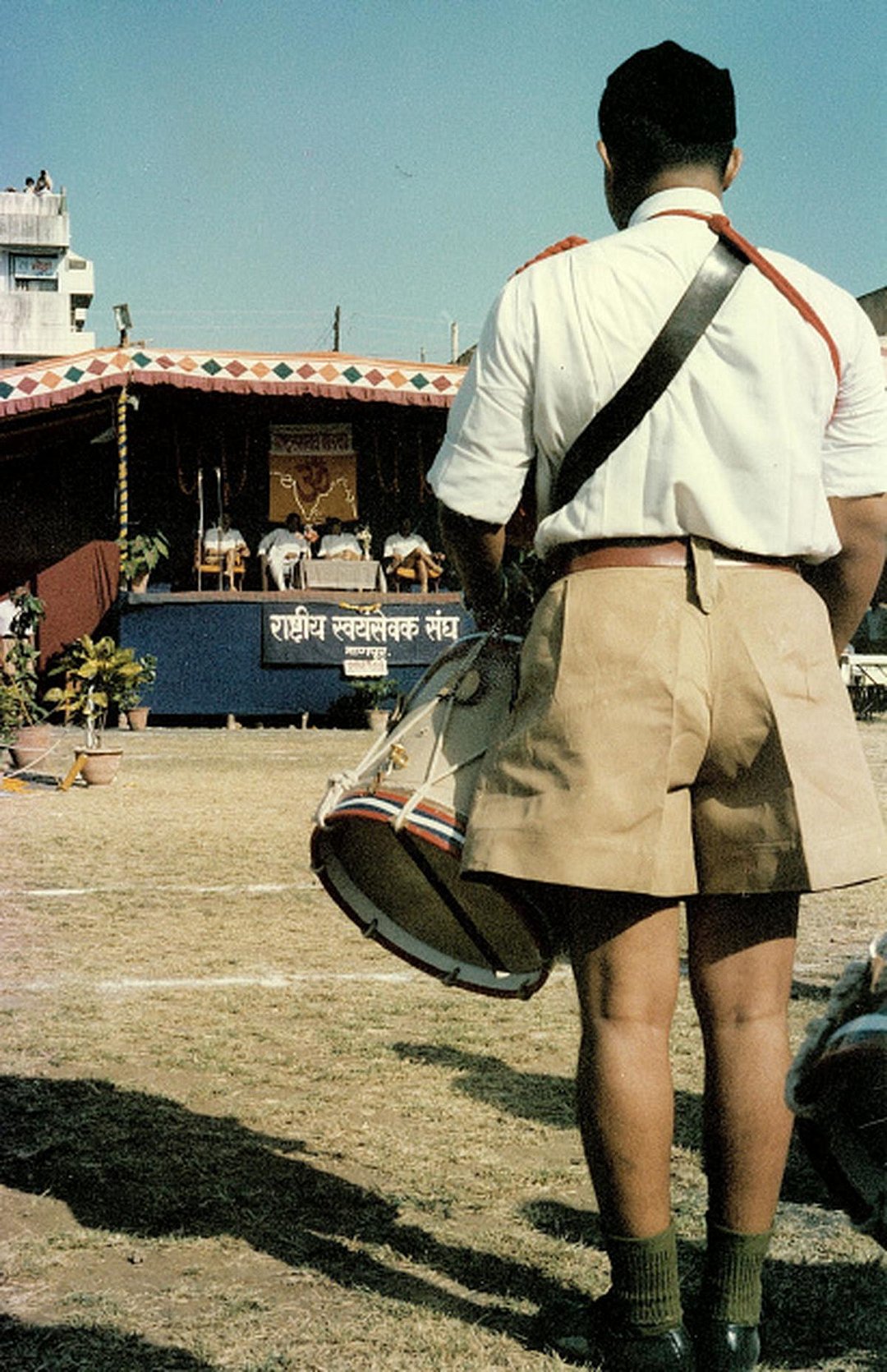
Lalit Vachani’s The Boy in the Branch examines how the Rashtriya Swayamsevak Sangh (RSS) instills nationalism through its daily shakha routines. Motivated by a need to observe ideology as a learned habit rather than imposed belief, Vachani quietly documents children rehearsing discipline, devotion, and patriotism. What emerges is a subtle yet disquieting portrait of nationalism taught as culture, where the ordinary gestures of childhood become instruments of collective conditioning.
7. The Men in the Tree (2002)
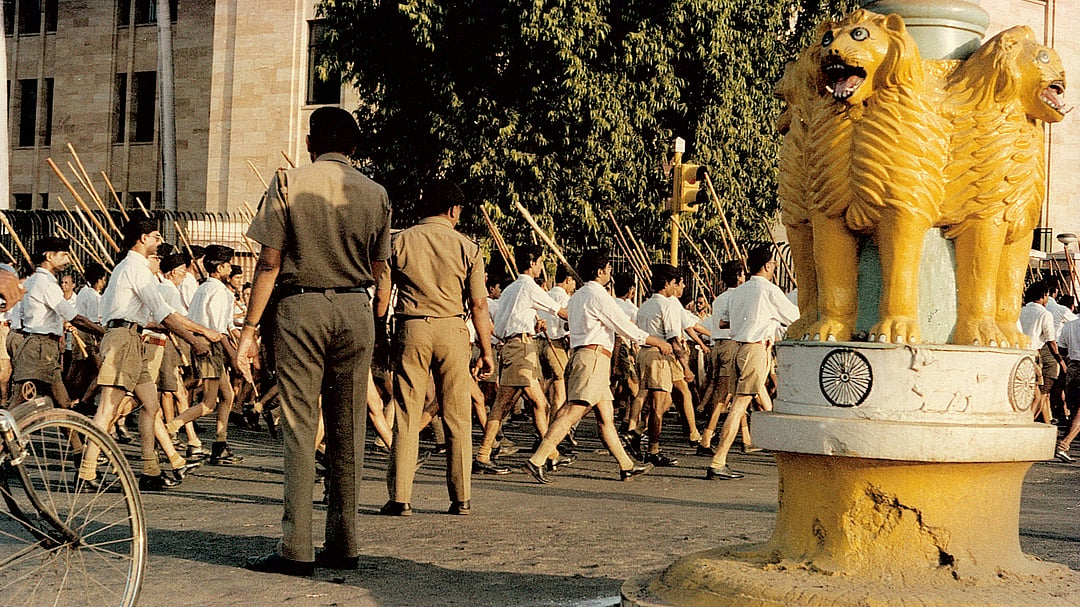
Nearly a decade later, The Men in the Tree sees Vachani revisit the boys of his earlier film—now adults shaped by a transformed India, where the RSS has entered the political mainstream. Motivated by the question of what ideological training produces over time, he interviews them, uncovering how belief, memory, and doubt coexist. The film traces their reflections on duty, masculinity, and belonging, while exposing the organisation’s enduring narratives of cultural purity and vigilance. Vachani turns quiet observation into critique, revealing how the seeds of nationalism sown in childhood mature into lived, complex political identities.
8. India At A Crossroads: 100 Years of the Hindu Nationalist RSS Movement (2025)

Deutsche Welle’s India At A Crossroads:100 Years of the Hindu Nationalist RSS Movement traces the Rashtriya Swayamsevak Sangh from its origins to its current role as the ideological backbone of India’s ruling party. The documentary analyses the organisation’s structure, recruitment, and institutional influence, highlighting how its disciplined image conceals exclusionary nationalism. Featuring interviews with scholars, members, and critics, the film presents a detailed portrait of ideological continuity, political strategy, and the impact of Hindutva on contemporary Indian society.










